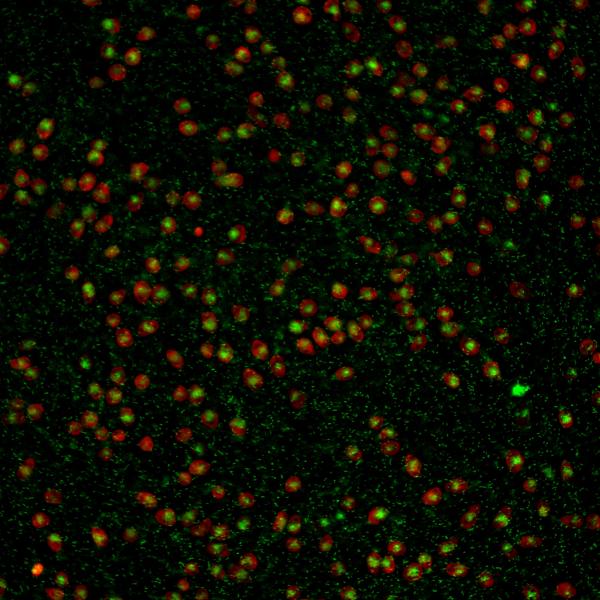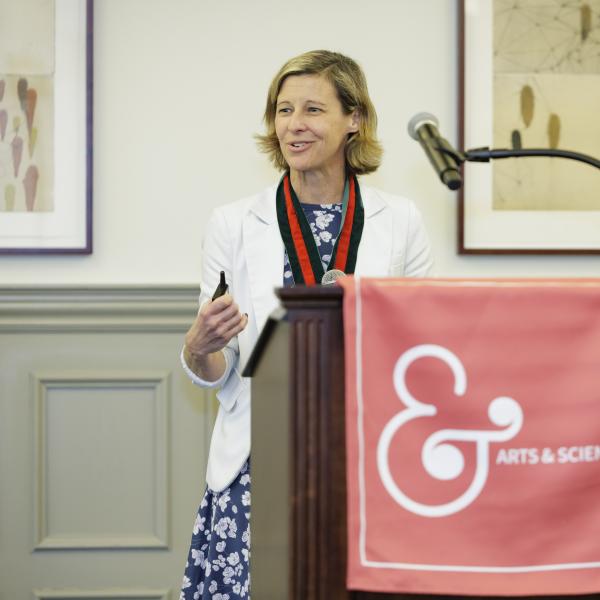Erik Henriksen, an associate professor of physics in Arts & Sciences at Washington University in St. Louis, is part of a team that was awarded funding from the National Science Foundation’s Quantum Sensing Challenges for Transformational Advances in Quantum Systems program.
Henriksen is a member of a team led by the University of Nevada, Reno, that will develop quantum-limited rotation sensors using helium-4 in a device containing 2D materials. The team will create a membrane with atomic-scale pores to make a weak link known as a Josephson junction between reservoirs of superfluid (a liquid with zero viscosity). Henriksen will fabricate a portion of the device that is central to the research: a suspended, atomically thin material with incredibly tiny, nanometer-sized holes.
“Our project will develop the most sensitive sensor of rotations using superfluid helium,” Henriksen said. He will use special techniques that his group developed at Washington University to build on previous work by Keith Schwab at the California Institute of Technology. Potential applications include GPS positioning without satellites and live-time monitoring of the Earth’s rotation.
Henriksen participates in the Center for Quantum Leaps, a signature initiative of the Arts & Sciences strategic plan.
Originally published on The Source.



